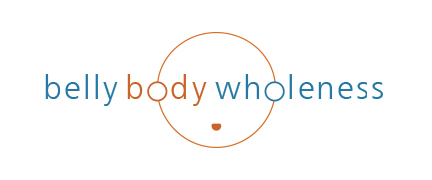The Traditional Healing Practice of Vaginal Steaming
Around the world we can find history or continued practices of Perineum or also called Vaginal Steaming, used by traditional cultures to support and enhance women’s health postpartum and throughout the span of a woman’s life. Bajos, as they are known in Spanish, are used in traditional healing throughout Central America and Mexico and chai-yok in Korean is widely practiced and offered in Korean spas here in the states. This type of pelvic hydrotherapy is used for many conditions including painful or irregular periods, endometriosis, infertility, fibroids, cysts, cervical stenosis, vaginal dryness and is commonly practiced postpartum soon after a woman gives birth.
In my personal experience and in years of working one-on-one with women’s pelvic health, I find that incorporating this simple, nourishing, and pleasant therapy along with the Arvigo Techniques of Maya Abdominal Therapy™ allows for optimal circulation of blood and lymph to the pelvic floor and surrounding tissue of the perineum. This warmth and moisture along with the healing properties of the herbs can encourage cleansing of the uterine lining. Changes can be apparent in a woman’s menstrual cycle during regular steaming as older, stagnant blood, mucus, and even tissues from fibroids are being flushed from the uterine lining. Typically within a month to 3 months, most women will experience a healthier and more productive, comfortable flow.
Steaming is now offered in my practice space and can be used as a stand-alone therapy for women wanting to address or optimize their reproductive health and care for their bodies postpartum. Although I have been teaching women about the simple method of home vaginal steaming for years, a quiet place away from daily business seemed to be in demand so steams are offered here in a private room designed for quiet healing time and self-care. The ladies spoke and I listened!
Although, like many traditional healing methods, research is just starting to come forth and validate these long-used health practices. For those who would like more on the burgeoning research, this study was recently conducted and seems to be promising in the realm of postpartum recovery showing significant improvements in recovery, particularly lowering the mother’s blood pressure and pulse, uterine restoration, initiating and expediting waist girth and weight loss, labia healing, the quicker cessation of uterine bleeding, alleviating suture discomfort, promoting bowel regularity and hemorrhoid reduction.
Click here for the study

